What are Diecast Police Cars?
Diecast police cars are miniature replicas of real-life police vehicles, meticulously crafted using a die-casting process. This involves injecting molten metal, typically zinc alloy, into a mold to create highly detailed and accurate models. These models are not just toys, they are collectibles, prized for their craftsmanship, historical significance, and the joy they bring to enthusiasts. They represent a tangible connection to the world of law enforcement, allowing collectors to appreciate the design, evolution, and impact of these iconic vehicles. Diecast police cars come in various scales, from the popular 1:18 scale, offering impressive detail, to the smaller 1:64 scales, perfect for building extensive collections. The level of detail includes accurate paint schemes, decals, interior features, and sometimes even working lights and sirens, providing a realistic representation of the real-life counterparts. The popularity of these models stems from their appeal to collectors of all ages, offering a blend of nostalgia, historical appreciation, and the simple pleasure of owning a miniature piece of automotive history.
The History of Diecast Models
The history of diecast models dates back to the early 20th century, evolving from simple toys to sophisticated collectibles. The die-casting process, enabling mass production with intricate detail, revolutionized toy manufacturing. Initially, these models were crude and primarily made of lead. Over time, materials evolved, with zinc alloys replacing lead for safety and durability. The post-World War II era witnessed a surge in the popularity of diecast models, with manufacturers like Dinky Toys and Corgi entering the market and producing a variety of vehicles, including police cars. These early models, often reflecting the vehicles of the time, became cherished items, showcasing the historical context of their era. The 1960s and 70s saw further advancements in detail and realism, with features such as opening doors and detailed interiors. Today, the diecast market continues to thrive, with brands continuously pushing the boundaries of detail and accuracy, ensuring a rich history for collectors of all ages, making these models timeless treasures that capture the essence of automotive history.
Early Diecast Police Cars
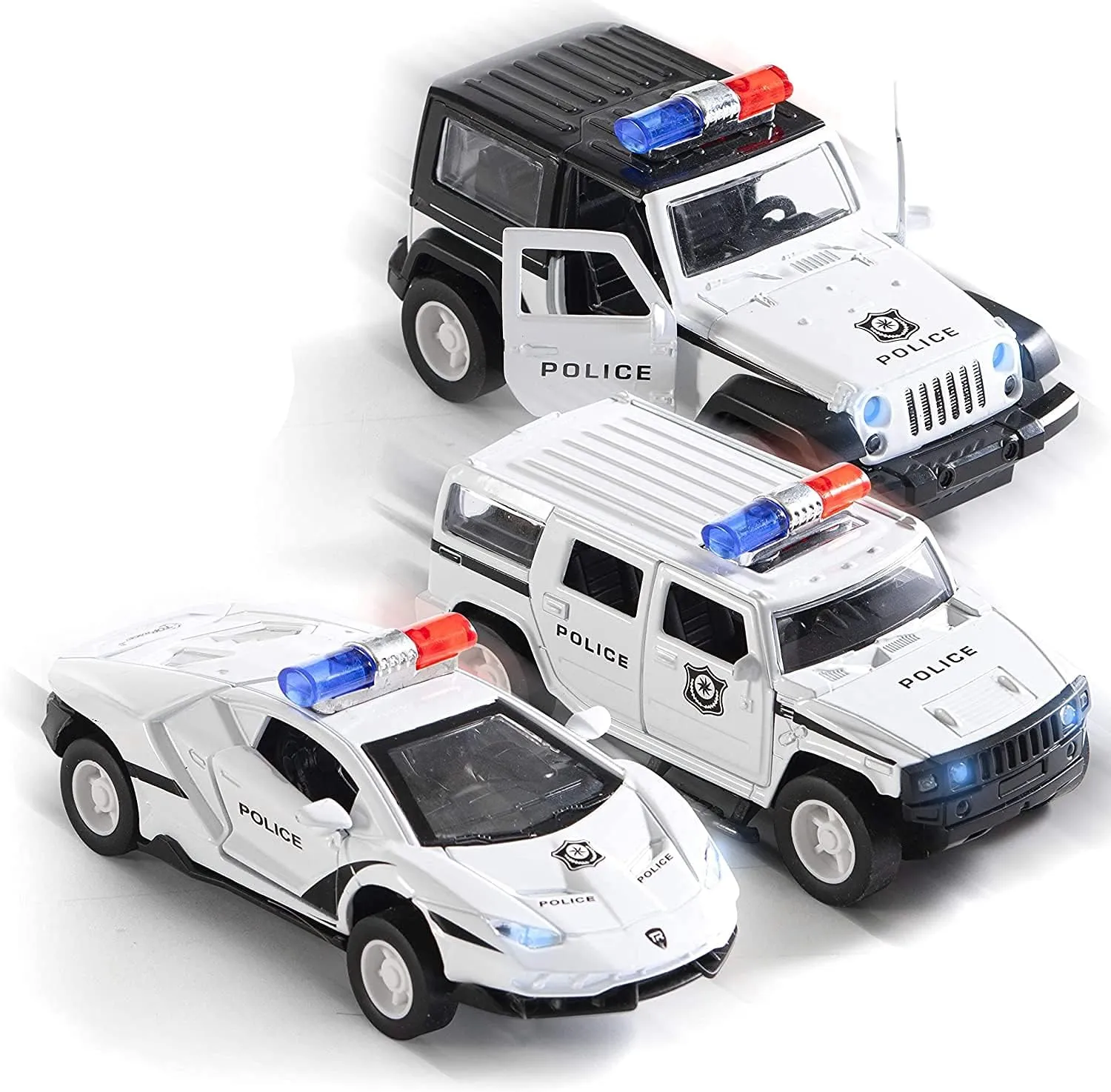
Early diecast police cars hold a special place in the hearts of collectors, embodying the evolution of automotive design and law enforcement history. These models, often produced in the mid-20th century, reflect the styling of iconic police vehicles from different eras. Early examples were generally simpler in design, but they still captured the essence of the cars they represented, with their distinctive paint schemes and markings. These early models offer insight into the materials and manufacturing techniques of the time. Collectors often seek out these vintage pieces not only for their historical value but also for the nostalgia they evoke. The details, such as the types of sirens, lights, and the overall stance of the vehicle, provide a tangible link to the past. Owning one of these early diecast police cars is like holding a miniature piece of history, allowing collectors to appreciate the evolution of policing and automotive design, all in the palm of their hand. These models serve as a reminder of how much both cars and police work have changed over the years.
Evolution of Diecast Materials
The materials used in diecast police cars have undergone significant changes over the years, influencing their durability, detail, and overall quality. Early models were primarily made of lead, which was eventually replaced by safer and more durable zinc alloys. These zinc alloys, often combined with other metals, allowed manufacturers to create more intricate details and withstand the test of time. The paint used on the models has also evolved, from simple enamel paints to more durable and realistic finishes, including metallic paints and clear coats, which add depth and shine. The introduction of plastic components, such as windows, tires, and interior details, further enhanced the realism of the models. Today, advanced manufacturing techniques and materials allow for incredibly detailed models, with working lights, sirens, and even finely detailed engine compartments. These advancements ensure that modern diecast police cars are not only attractive collectibles but also durable pieces that accurately represent their full-size counterparts, with each evolution reflecting the technological and aesthetic progress of their time.
Why Collect Diecast Police Cars?
Collecting diecast police cars offers a unique blend of enjoyment and investment. For many, it’s the love of the vehicles themselves, the historical significance they represent, and the meticulous detail of the models that draw them in. Each car is a miniature work of art, capturing the essence of the full-size vehicle in a compact and attractive package. Collecting can also be a rewarding hobby, fostering a sense of community with other enthusiasts. Diecast police cars can also be a wise investment. The value of certain models can increase over time, especially limited editions or those in pristine condition. The collectibility of these models is influenced by factors such as rarity, brand reputation, and the level of detail. For others, collecting diecast police cars is about reliving memories, connecting to the past, and appreciating the craftsmanship involved. It’s a hobby that combines passion, appreciation, and the potential for long-term value, making it appealing to a wide range of people.
Collecting Benefits and Community
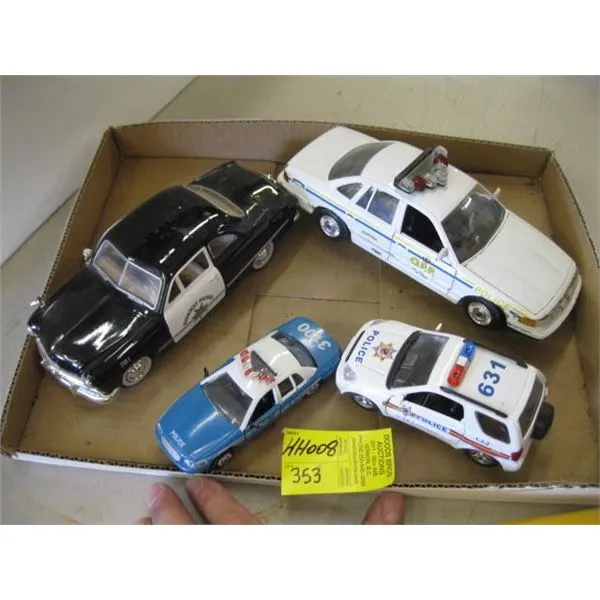
The benefits of collecting diecast police cars extend beyond the acquisition of beautiful models, fostering a vibrant community and a sense of shared passion. Collectors often find camaraderie with others who share their interests, exchanging knowledge, tips, and stories. This community aspect enhances the enjoyment of the hobby, turning it into a social activity. Collecting provides opportunities to learn about history, automotive design, and the evolution of law enforcement, expanding your knowledge base. The pursuit of rare models or the completion of a specific collection can be a fulfilling and challenging goal, offering a sense of accomplishment. The models can be displayed and admired, adding character to your home or workspace. Collecting can also be a relaxing and therapeutic hobby, providing a break from daily stresses. The community also provides a platform for buying, selling, and trading models, allowing collectors to expand their collections and connect with others. Through online forums, social media groups, and local clubs, collectors can connect with people around the world, creating a strong sense of belonging and shared enthusiasm.
Top 7 Facts About Diecast Police Cars
Fact 1 Details
Diecast police cars accurately represent their full-sized counterparts, from the classic Ford Crown Victoria to modern Dodge Chargers. They often include details like accurate paint schemes, emergency lights, and even interior features, meticulously recreated to scale. The level of detail can vary depending on the scale and the manufacturer. Some manufacturers are known for their high level of detail, including the specific type of siren, the arrangement of the lights, and even the equipment inside the vehicle. The best models attempt to replicate every aspect of the real car, from the badge on the side to the markings on the tires. This attention to detail makes the collectible pieces highly desirable and allows collectors to appreciate the craftsmanship and history of the vehicles.
Scale and Accuracy
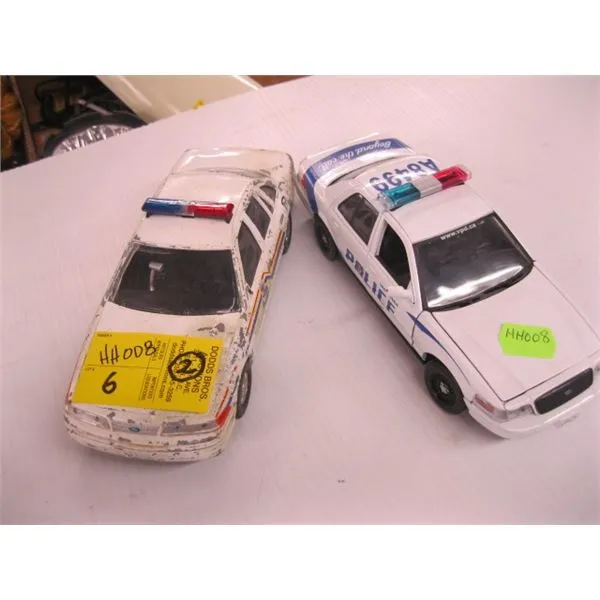
Scale is a crucial aspect of diecast police car collecting, with various sizes available, each offering a different level of detail and display options. The most popular scales include 1:18, 1:24, and 1:43. 1:18 scale models provide the highest level of detail, allowing for intricate features like opening doors, detailed interiors, and engine compartments. 1:24 scale models are a good compromise between detail and size, while 1:43 scale models are more compact, making them ideal for building large collections. The accuracy of the scale is essential, and manufacturers strive to produce models that are proportional to the real vehicles. This accuracy ensures that the models look realistic when displayed together and allows collectors to compare their models to photographs and specifications of the actual police cars. The scale influences not only the physical dimensions of the model but also the level of detail that can be incorporated, affecting the overall appeal and value of the collectible piece.
Fact 2 Details
The materials and construction of diecast police cars are vital to their durability and aesthetic appeal. Die-casting is the primary method used, involving injecting molten metal alloy into a mold. Zinc alloy is frequently used because it is a versatile material that enables intricate detailing and the model’s overall weight. The level of detail includes paint finishes that replicate the colors of the police departments. The construction often involves multiple parts, assembled with precision to ensure accurate representation. The use of plastic for windows, tires, and interior details adds to the realism. High-quality models feature finely detailed interiors, including seats, dashboards, and other equipment. The combination of die-cast metal and carefully selected plastic parts gives each model its lasting value.
Materials and Construction
The materials used in diecast police cars play a critical role in their durability, realism, and collectibility. Zinc alloy, often referred to as die-cast metal, forms the primary structure of the model, providing the weight and durability. High-quality paints are applied to match the exact colors of the police vehicles, including accurate markings and decals. Plastic is used for windows, tires, and interior details, enhancing the model’s realism and enabling intricate features like opening doors and detailed interiors. The assembly process involves careful craftsmanship, with parts precisely put together to ensure accurate representation. The use of high-quality materials and construction techniques adds to the value of the model and ensures that it lasts for years. This combination of materials and construction methods creates a collectible piece that is both visually appealing and robust.
Fact 3 Details

Several manufacturers have established themselves as leaders in diecast police car models. Brands like Greenlight Collectibles and Auto World are known for their highly detailed and accurate representations of various police vehicles. Others, such as Hot Wheels and Matchbox, offer a wide range of models. These brands frequently release new models, and their dedication to detail attracts collectors. Collectors also seek out brands that focus on specific eras or regions, for a broader range of models. Choosing a brand often depends on individual preferences, the level of detail desired, and the collector’s budget. These brands, which are popular among collectors, have solidified their reputation by producing high-quality models that are admired for their authenticity.
Popular Brands and Manufacturers
The diecast police car market is filled with various manufacturers, each with their strengths and specialties. Greenlight Collectibles is well known for its high-quality models, offering a wide array of police cars with meticulous detail. Auto World produces models with detailed interiors, including working lights and sirens. Hot Wheels and Matchbox are popular for their affordable prices. These brands have cultivated a strong following by consistently producing high-quality models with accurate details and finishes. Brand choice is often based on the level of detail, historical accuracy, and budget. Exploring the different brands, and comparing their offerings, is one of the joys of collecting. The brand’s reputation is an important factor when choosing a diecast police car model.
Fact 4 Details
Limited edition diecast police cars can significantly increase in value. These models, often produced in small quantities, are highly sought after by collectors and can become valuable over time. The value of the collectible depends on factors like the manufacturer, the number produced, and the condition of the model. Some models, such as those commemorating special events, or featuring unique paint schemes, can fetch high prices. The rarity of a model plays a critical role in its value. The original packaging, along with any certificates of authenticity, adds to the model’s value. The demand for the collectible, along with the presence of other collectors, influences the overall value. Collectors should research the models and understand their potential value before buying. Investing in limited editions, with the potential for appreciation, adds another dimension to the hobby.
Limited Editions and Value
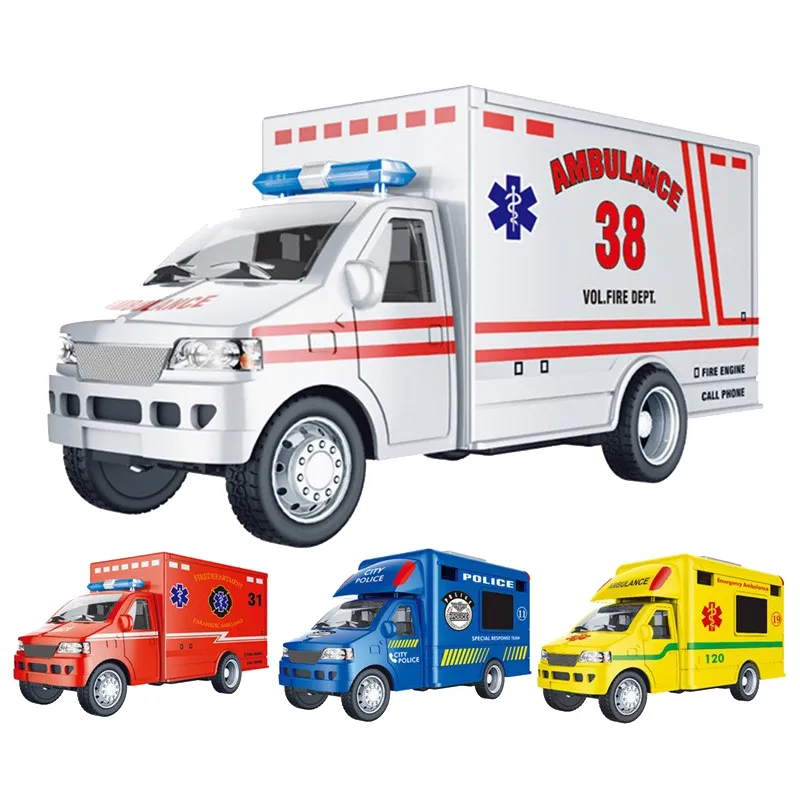
Limited edition diecast police cars often hold higher value due to their rarity and collectibility. These models are produced in smaller numbers, often making them highly desirable to collectors. Limited editions commemorate special events, feature unique paint schemes, or are produced in collaboration with specific police departments. The value of these collectibles depends on factors like the manufacturer, the number of units produced, the model’s condition, and the demand among collectors. Collectors frequently look for models with original packaging, certificates of authenticity, and other supporting materials. The rarity of a model is the most significant factor influencing its value. Researching the market and understanding the potential value of a model are essential steps for collectors. Investing in limited editions can be a wise investment that enhances a collection’s value.
Fact 5 Details
Starting a diecast police car collection requires a strategic approach. Define your collecting goals, such as a specific scale or a specific type of police vehicle, which will help you. Set a budget and stick to it, which helps you control spending. Research different brands, scales, and models, and compare prices, which will help you gain knowledge. Look for models at local shops, online retailers, and at collector events to see what options are available. Join online forums and groups to connect with other collectors and learn from their experiences. Protect your models from dust, sunlight, and temperature changes. Store models in a display case or a safe location to keep the cars. Regularly clean the models with a soft cloth, to preserve their value. By following these tips, collectors can get started and make the most of their collecting experience.
Collecting Tips and Resources
To enhance the diecast police car collecting experience, various resources and tips are available to help enthusiasts. Researching different brands, scales, and models is essential for informed collecting. Join online forums, social media groups, and local collector clubs to connect with other enthusiasts and gain valuable knowledge. Protect your models from dust, sunlight, and extreme temperatures to preserve their condition. Store models in a display case, or a safe location, to avoid damage. Regularly clean models with a soft cloth and avoid the use of harsh chemicals. Monitor the market for trends and new releases, and be aware of limited editions and rare models. Attend collector events, such as trade shows and conventions, to expand your collection. By using available resources, and staying organized, collectors can build collections. Through careful research, and connection with other collectors, your collection can thrive.
Fact 6 Details
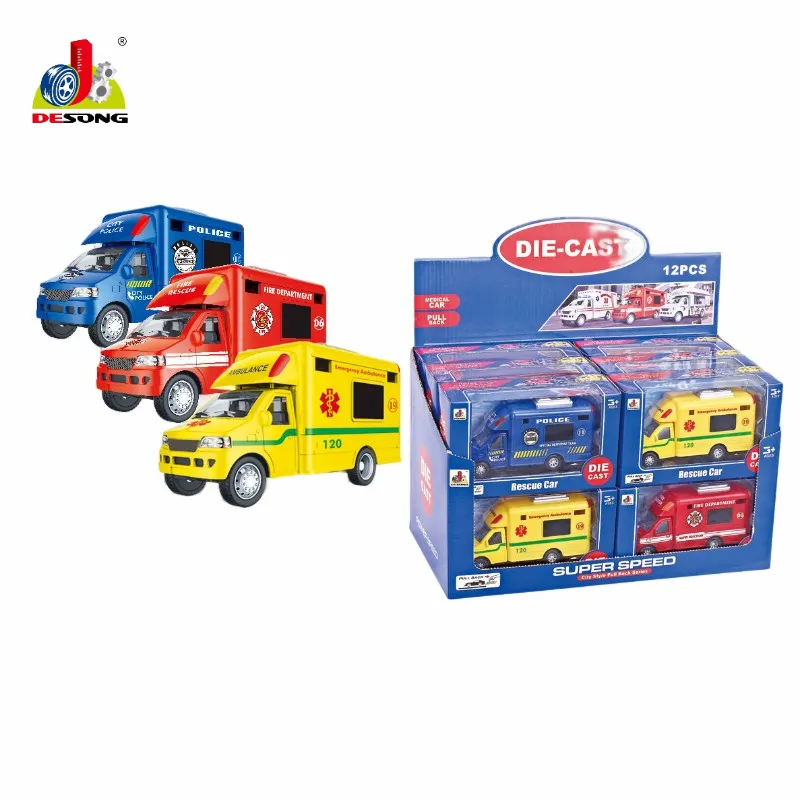
Proper care and maintenance are essential to preserve your diecast police car models’ value and appearance. Dust can accumulate and damage the models, so clean them regularly using a soft cloth or a microfiber duster. Avoid using harsh chemicals or abrasive cleaners, as they can damage the paint and decals. Display models in a location away from direct sunlight, which can cause the colors to fade. Controlling the temperature and humidity can prevent damage from extreme conditions. Handle models with care, especially those with delicate parts like antennas and mirrors. Store models in a display case or individual boxes to protect them from scratches and damage. By following these simple care tips, collectors can help their models last for years and maintain their value.
Caring for Your Collection
Proper care is vital to preserve the quality of your diecast police car models. Dust can damage models, so dusting them regularly with a soft cloth helps to keep your collection safe. Avoid harsh chemicals, or abrasive materials, to avoid damaging the paint. Display your models away from direct sunlight and extreme temperatures to prevent fading and warping. Handle the models carefully, as some parts are delicate. Store models in display cases or boxes, to protect them from scratches. Regularly inspect your models for any signs of damage, addressing issues immediately. With these practices, you will keep your diecast police cars in perfect condition.
Fact 7 Details
Diecast police cars can be found through several channels, including online retailers, local hobby shops, and collector events. Online retailers like Amazon and eBay offer a vast selection of models. Local hobby shops and collectible stores often have a selection of models and can be a great source for building connections with other collectors. Attending collector events, such as trade shows and conventions, is an excellent way to find rare models and connect with other enthusiasts. Before buying, check the seller’s reputation and carefully examine the models for any damage or defects. Comparing prices and looking for deals can help you build your collection without breaking the bank. Researching the market and staying informed will help you to make informed choices. Collectors have many channels to find and purchase these unique items.
Where to Buy Diecast Police Cars Models?
Diecast police car models can be found in various locations, and online retailers offer convenience and a wide selection. Online marketplaces such as eBay provide a platform for buying and selling, where you can find a diverse range of models. Local hobby shops offer a personalized experience. Collector events, such as trade shows and conventions, are excellent places to find rare and limited edition models. These events often feature vendors and collectors, providing opportunities to network and build relationships. Always verify the seller’s reputation, and inspect models before buying. Explore different shopping methods to build your collection.
Online Retailers and Marketplaces
Online retailers and marketplaces are prime destinations for diecast police car models. Amazon provides a large selection. eBay has a large variety of models. Before buying, evaluate the seller’s ratings and read reviews. Research the specific model you wish to buy, to ensure it meets the quality you expect. Compare prices and shipping costs from different retailers, and check for sales. Online platforms offer convenience and the ability to compare prices and browse a wide range of models. By using online shopping, you can build your collection. The online platforms are good resources for finding what you need.
Local Shops and Events
Local shops and collector events are excellent resources for diecast police car models. Local hobby shops offer hands-on shopping. Collector events, such as trade shows and conventions, provide excellent opportunities for collectors. Attending these events helps you to build relationships. Before making a purchase, evaluate the condition of the models, and confirm the seller’s reputation. Compare prices and be on the lookout for deals. These shopping options provide collectors the chance to connect with others.
